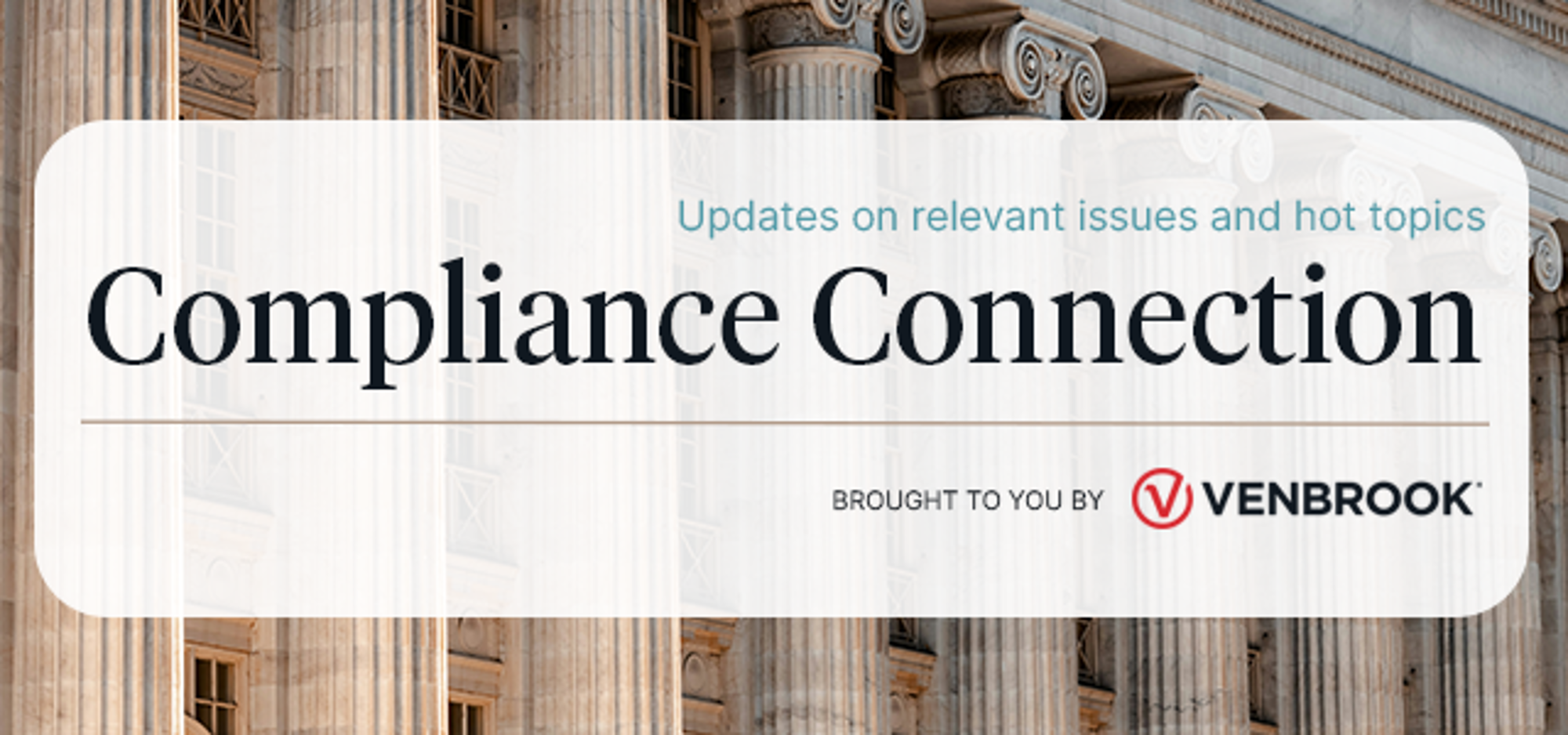More and more employers are choosing to include “voluntary benefits” in the benefit package offered to eligible employees. Voluntary benefits may include coverage for a variety of things, including, but not limited to, dental, vision, life, disability, hospital indemnity, specific disease, or accidents. It is common for such benefits to be 100% employee-paid. Although many employers assume there are no additional compliance obligations for these types of benefits, especially when the employer is not contributing, that is not always the case. In addition, tax rules may affect the ability to pay premiums on a tax-favored basis and, in some cases, affect the taxation of benefits received. These are things the employer should understand when choosing to offer such benefits. Below is a high-level summary of these considerations.
ERISA
Most employee benefit arrangements are “employee welfare benefit plans” covered by ERISA. There are exemptions for government, tribal, and church plans, as well as for employer-sponsored daycare centers. In addition, there is a safe harbor from ERISA requirements for voluntary plans when certain conditions are satisfied. The requirements of the safe harbor may be difficult for most plans to satisfy. The requirements to meet the safe harbor (found in DOL Reg. §2510.3-1(j)) are outlined below.
No employer contribution allowed: This would prohibit not only direct employer contributions but also reimbursement of employee premiums (e.g., through an HRA).
Participation must be voluntary: Employees must have the option to enroll or waive. No automatic enrollment.
Employer involvement must be limited: The employer's involvement must be limited to the following:
- Publicizing the plan (e.g., permitting insurance presentations in the workplace, acting as an intermediary between employees and the insurance company, telling employees of the program’s availability and directing them to the insurer for details); and
- Collecting premiums after-tax through payroll deductions and remitting the premiums to the insurer.
The employer must perform these functions without endorsing the plan. The following might be considered endorsement: (i) selection of the insurance company or the coverage; (ii) use of the employer’s name or logo on any communications or enrollment materials; (iii) designating the employer as plan administrator, sponsor, or trustee; (iv) recommending the plan to employees; (v) paying premiums through a cafeteria plan; and (vi) assisting employees with claims and disputes.
Determining whether the voluntary plan safe harbor applies is often difficult. Although the employer’s level of involvement is key, it is not clear exactly what is considered “employer endorsement.” Employers need to decide whether it is worth trying to satisfy the criteria for the voluntary plan safe harbor. In the end, it may be easier to assume that ERISA applies and to act accordingly (e.g., prepare a plan document, distribute a summary plan description (SPD), and file a Form 5500 as applicable). Employers who offer voluntary plans often already offer other benefits subject to ERISA, in which case the voluntary benefits could simply be added to an employer’s wrap document and included in a Form 5500 filing (if required). Adding the voluntary plans to the list of benefits requiring ERISA compliance is typically less burdensome than ongoing monitoring of the safe harbor status. ERISA may even benefit the employer, such as through preemption from most state laws.
COBRA
Group health plans, those that provide significant medical benefits (or health care), are generally subject to federal COBRA continuation requirements. If the voluntary benefits reimburse participants for healthcare costs, including dental or vision, COBRA will apply if the ERISA voluntary benefit safe harbor does not apply. Even if the ERISA safe harbor applies, COBRA might still apply “if coverage under the plan would not be available at the same cost to an individual but for the individual's employment-related connection to the employer.” In other words, if there is uncertainty about whether the ERISA safe harbor applies and/or if the premium is discounted because of the employment relationship, the plan may be subject to COBRA if the coverage reimburses participants for healthcare costs (e.g., medical, dental, vision, etc.). If COBRA does apply, employers should discuss with the carrier how this will be handled for such benefits.
COBRA does not apply for life, disability, long-term care insurance, or other non-health coverage. Fixed indemnity plans that provide a pre-set amount of money in the event of certain medical situations or events (e.g., $100 per day for hospital stays or a fixed payment for a certain medical condition) are generally not subject to COBRA because they are not reimbursing the actual cost of the care.
Taxation
Not all benefits qualify for tax-favored treatment under federal tax law. Some benefits are subject to limits for tax purposes. For other benefits, the taxation of any benefits received is tied to whether the premiums were handled on a tax-favored basis. The taxation for a few common benefits is described below.
👨👩👧👦 Life Insurance
Life insurance premiums for the life of an employee may be handled on a tax-favored basis for a value of up to $50,000, but additional coverage must be paid for after-tax or imputed as additional income.
🩼Disability Benefits
Premiums for disability benefits are permitted to be handled on a tax-favored basis. However, if the premiums are handled on a tax-favored basis, the disability benefits will be taxable when received. If, instead, any employer contributions are imputed as taxable income to the employee and any employee contributions are made after-tax, then the disability benefits are not taxable when received.
💰 Fixed Indemnity Coverage
Premiums for fixed indemnity coverage are permitted to be handled on a tax-favored basis. However, if the premiums are handled on a tax-favored basis, any indemnity payment may be taxable to the extent it exceeds the medical costs incurred. If, instead, any employer contributions are imputed as additional taxable income to the employee and any employee contributions are made after-tax, then the indemnity payment is not taxable when received.
🪷 Wellness Programs
Some benefit packages combine a variety of wellness incentives, preventive care, telehealth, and indemnity coverage that are intended to reduce employees’ taxable income. While preventive care and telehealth benefits are qualifying medical expenses reimbursable on a tax-favored basis, wellness incentives are only excludable from an employee’s income if they pay for or reimburse qualifying medical care. Payments or reimbursements simply for participating in a wellness program do not qualify for tax-favored treatment and instead should be included in the employee’s taxable income. In addition, as described above, if fixed indemnity plan premiums are handled on a tax-favored basis, then any fixed indemnity payments may be taxable upon receipt to the extent they exceed the individual’s actual medical costs incurred.
























